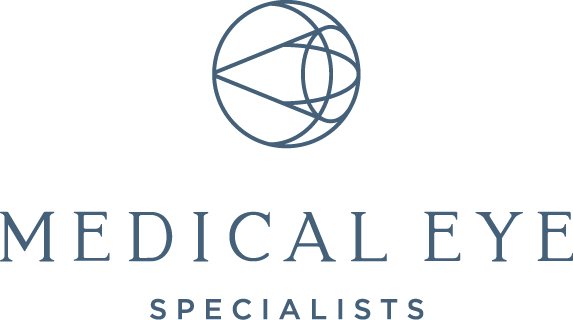Low Vision & Impaired Vision
Low vision refers to vision loss that cannot be corrected by medical or surgical treatment and is considered a severe visual impairment. The National Eye Institute defines low vision as “visual acuity that is 20/70 or poorer in the better seeing eye and cannot be improved with regular eyeglasses.”
Causes & Symptoms
Normal aging can lead to low vision through such eye conditions as macular degeneration, glaucoma and strokes. Eye injuries, diabetic retinopathy and certain hereditary diseases like retinitis pigmentosa are also common causes of low vision.
Signs and symptoms of low vision may include reduced visual acuity, visual field or contrast sensitivity. Patients may also report eye misalignment, confusion when performing visual tasks, abnormal body posture and balance problems. People with low vision may have difficulty doing things like reading, writing, driving, using a computer or tablet, recognizing faces or watching television.
Regular medical eye exams by an ophthalmologist or optometrist can diagnose low vision. Your doctor can discuss the use of low vision aids or refer you for low vision rehabilitation, which will help you find ways to continue to do the things that are important to you despite the vision loss.

Adapting to Life with Low Vision
In order to help you adapt to living with low vision while continuing to do the things you love, your doctors will assess your eye health and function, and determine your vision goals as they pertain to important daily tasks. The objective is to help you learn how to use your remaining vision to maintain your quality of life.
We may show you different types of magnifiers, glasses, electronic devices or other visual aids. We’ll also talk about non-optical aids such as text reading software, using high contrast clocks and watches, large print publications, changing the text size on your phones and tablets and so on.
Techniques to Help With Everyday Tasks
You can use the following techniques to help with everyday tasks:
Improve Lighting
- Aim light directly on the task you’re working on.
- Carry a bright pocket flashlight when you’re out of the house.
- Add more lights and replace light bulbs around your house with higher-watt bulbs.
Reduce Glare
- Adjust any lights inside so they don’t create a glare and cover shiny surfaces.
- Outside, shield your eyes by wearing a wide-brimmed hat, ball cap, visor or wrap-around sunglasses.
Increase Contrast
- Many electronic magnifiers are equipped with a variety of contrast settings.
- Use heavy, bold felt tip markers when you write lists or take notes.
Schedule an Appointment
Remember, having regular eye exams will help your doctor diagnose and treat eye diseases that may lead to low vision in their early stages.
